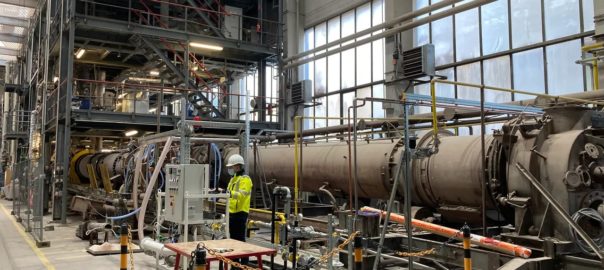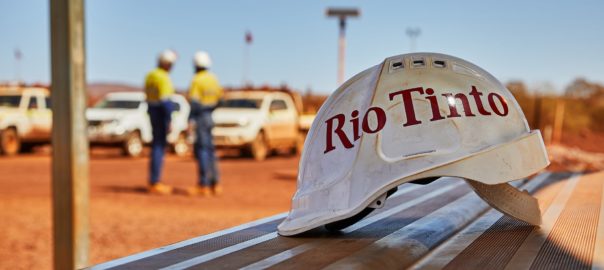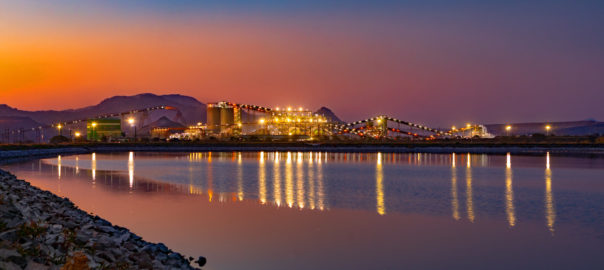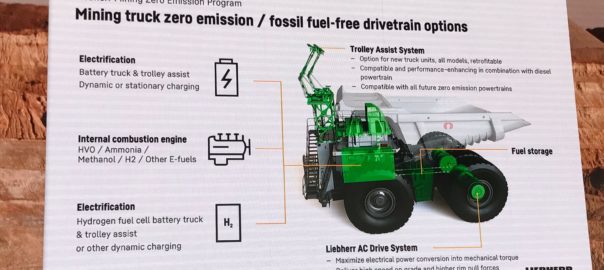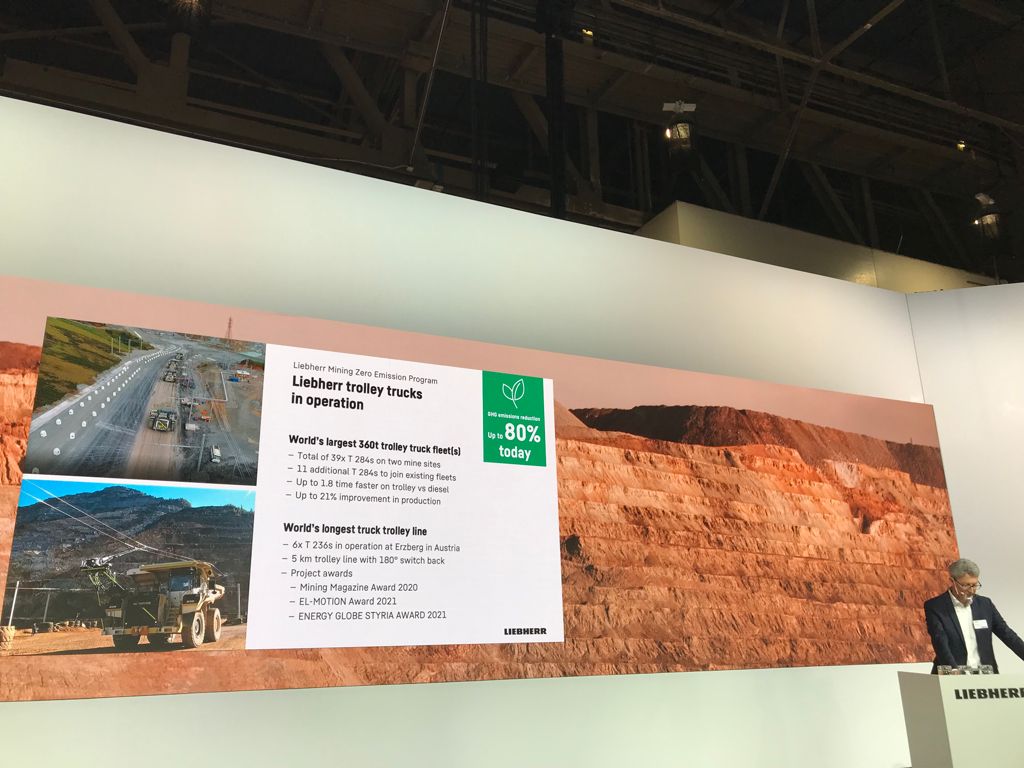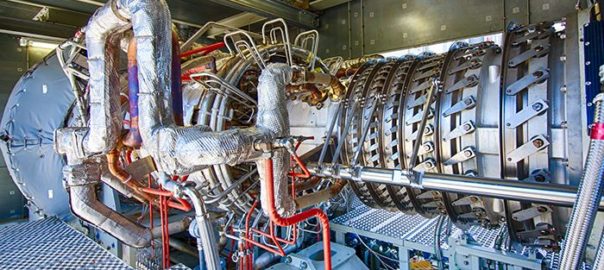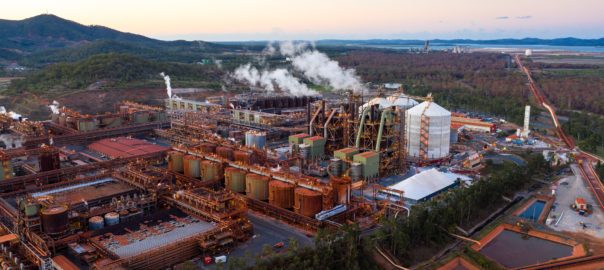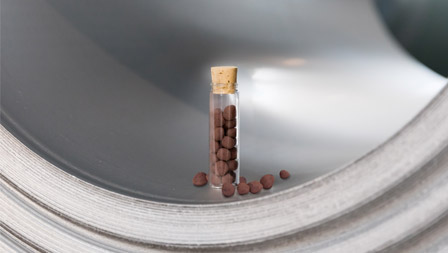Infinity Lithium Corporation and its wholly-owned subsidiary, Infinity GreenTech Pty Ltd, have announced a collaboration with thyssenkrupp Industrial Solutions AG Business Unit Mining to assess the potential to use green hydrogen to power the lithium chemical conversion process.
The Memorandum of Understanding highlights the intention of both parties to apply technological advancements for green hydrogen energy applications for pyrometallurgical equipment relevant to lithium chemical conversion processes.
The advancements have the potential to be integrated into both the San José lithium project in Spain and the Infinity GreenTech novel lithium hydrometallurgical conversion processes, Infinity said.
Infinity CEO and Managing Director, Ryan Parkin, said: “The ability to be at the forefront of this global leading application of green hydrogen has wide ranging implications for the company and the industry. Infinity and thyssenkrupp BU Mining are bringing world leading technologies to San José in alignment to Extremadura’s ambitions to produce green hydrogen from their vast renewable energy projects, and progress sustainable industrialisation in the region.”
This global first application to an integrated lithium project will see pilot scale activities using the new tk BU Mining Hydrogen Burner installation in Germany (pictured) to assess San José feedstock and the use of green hydrogen to power a rotary kiln.
thyssenkrupp BU Mining CEO, Jan Lüder, said: “Global demand for raw materials is rising all the time, whilst there is consciousness about the finite nature of resources and the need to protect the environment. As one of the world’s leading engineering and equipment supply companies for the mining industry, we are aware of our customers’ needs to reduce the carbon footprint of their operations.
“Therefore, thyssenkrupp Mining technologies has been developing projects to improve our equipment and services in order to help our customers achieve their goal of sustainable and environmentally responsible mining. From digitalisation and optimisation solutions, mining operations integration studies and, of course, low-CO2 pyroprocessing solutions.
“Among other developments, our pilot hydrogen/natural gas combustion facility allows us to evaluate with our customers the potential of using Green H2 in the mining industry as an alternative to fossil fuels with special attention to the final product quality. Our collaboration with Infinity Lithium is a great step in this direction and we are proud to support the development of a crucial project for Extremadura, Spain and Europe.”
The parties will examine further strategic opportunities in addition to the collaboration under the MoU relating to San José and the application to Infinity GreenTech’s technological developments.
San José, according to Infinity, has the potential to utilise green hydrogen as the energy source to power the rotary kiln that will be required under the sulphate roast stage of the process flowsheet. tk BU Mining will assess varying compositions of natural gas and green hydrogen for use at San José.
The company can assess the potential use of natural gas from the project’s adjacent pipeline infrastructure and the impact of blended gas and hydrogen which is already in use in pipelines globally. It and tk BU Mining will also assess the potential use of hydrogen from alternative sources which can include a localised source of green hydrogen or the development of specific infrastructure on site.
In terms of the Infinity GreenTech lithium hydrometallurgical conversion processes, Infinity said provisional patent applications had been lodged, and the collaboration with tk BU Mining will be incorporated for the assessment of the pyrometallurgical applications under these novel technologies. The provisionally protected patent has the potential for application to lithium-bearing materials and more widely for other battery material refining processes.







